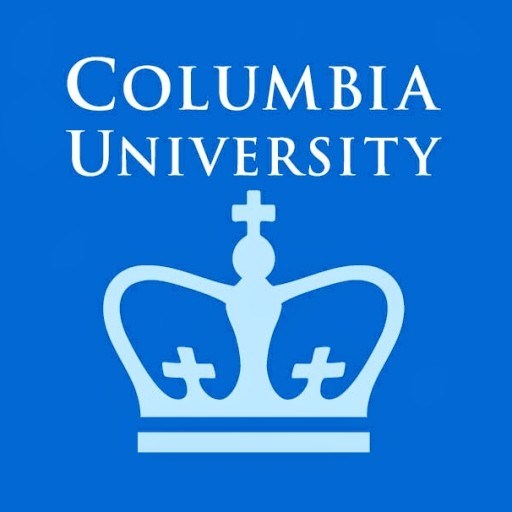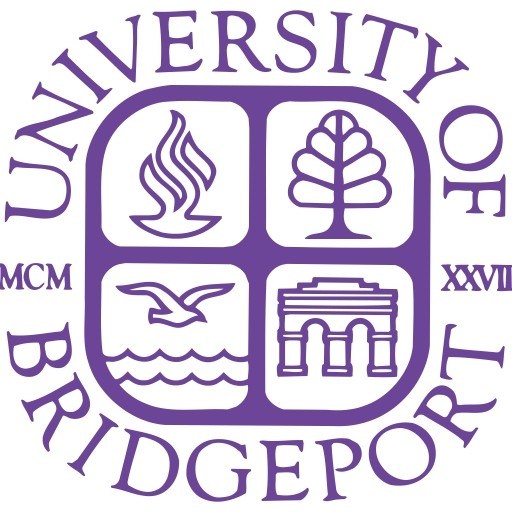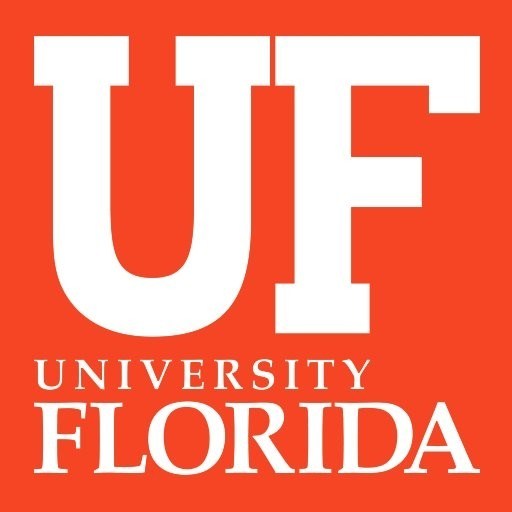Photos of university / #columbia
The Earth and Environmental Engineering graduate program at Columbia University offers a comprehensive interdisciplinary curriculum designed to address the complex challenges facing our planet’s natural resources and environment. This program provides students with a rigorous foundation in the principles of earth sciences, environmental systems, and engineering techniques necessary to develop sustainable solutions for water resources, environmental remediation, resource management, and hazard mitigation. Students have the opportunity to engage in cutting-edge research under the guidance of world-renowned faculty members whose expertise spans areas such as groundwater flow and contaminant transport, environmental microbiology, climate change impacts, and innovative engineering materials. The program emphasizes a blend of theoretical knowledge and practical skills, preparing graduates to work in academia, government agencies, consulting firms, or industry. A diverse range of coursework covers core topics like hydrology, geotechnical engineering, environmental chemistry, and engineering geology, complemented by elective courses tailored to individual research interests. Students are encouraged to participate in collaborative projects, internships, and fieldwork, gaining valuable real-world experience. The program also offers specialized tracks and thesis options, allowing students to deepen their expertise in areas such as sustainable water management, environmental policy, or geotechnical engineering. With access to Columbia’s state-of-the-art laboratories and research centers, students can perform innovative experiments and data analysis that contribute to addressing global environmental issues. This program prepares graduates to become leaders in developing eco-friendly technologies, informing policy decisions, and advancing sustainable practices globally. Graduates of the Earth and Environmental Engineering program are equipped to make significant contributions to the safer, cleaner, and more sustainable management of Earth’s resources now and into the future.
First- And Second-Year Curriculum
Our first- and second-year curriculum is consistent with the Columbia SEAS and liberal arts core requirements. In addition, there are a number of EEE–specific math and science courses. More importantly, there are two courses taught by EEE faculty, which provide an early introduction to Earth and environmental engineering and continuity throughout the four-year EEE curriculum:
- E1100: A Better Planet by Design. Scheduled for first-year spring semester. This is EEE’s professional-level course, so it is not required by the EEE program but highly recommended.
- EAEE E2002: Alternative Energy Resources. Scheduled for second-year fall semester. This course is required by the EEE program.
Junior/Senior Curriculum
Our junior/senior–year curriculum consists of an intensive set of technical engineering courses, with the following objectives:
- Build fundamental skills in applied math and sciences such as fluid mechanics, thermodynamics, and statistics.
- Understand traditional environmental engineering topics related to pollution control, transport, and remediation.
- Introduce emerging 21st-century environmental engineering problems related to all three EEE concentration areas: Water Resources and Climate Risks, Sustainable Energy and Materials, and Environmental Health Engineering.
- In-depth focus on one concentration area to be selected by the student, through technical electives.
Concentration Areas
Students select from one of three undergraduate concentration areas, each of which focuses on a particular problem area within EEE. A preapproved course sequence for each concentration is listed below, which includes two science courses during sophomore year (fall semester) and six technical elective courses during junior and senior years. Alternative courses within each concentration may be acceptable, but must be approved by a faculty advisor.
Water Resources and Climate Risks
- PHYS C1403: Introduction to Classical and Quantum Waves (SEM III)
- EESC V2100: Climate System (SEM III)
- EAEE E4006: Field Methods for Environmental Engineering (SEM VI)
- EAEE E4009: GIS for Resource, Environmental, and Infrastructure Management (SEM VII)
- EAEE E4350: Planning and Management of Urban Hydrologic Systems (SEM VII)
- EAEE E4257: Environmental Data Analysis and Modeling (SEM VIII)
- ECIA W4100: Management and Development of Water Systems (SEM VIII)
- CIEN E4257: Contaminant Transport in Subsurface Systems (SEM VIII)
Sustainable Energy and Materials
- CHEM C3443: Organic Chemistry (SEM III)
- EESC V2200: Solid Earth System (SEM III)
- MECE E3311: Heat Transfer (SEM VI)
- EAEE E4001: Industrial Ecology of Earth Resources (SEM VII)
- EAEE E4900: Applied Transport and Chemical Rate Phenomena (SEM VII)
- MECE E4302: Advanced Thermodynamics (SEM VIII)
- EESC W3015: The Earth's Carbon Cycle (SEM VIII)
- MECE E4211: Energy: Sources and Conversion (SEM VIII)
Environmental Health Engineering
- CHEM C3443: Organic Chemistry (SEM III)
- EESC V2100: Climate System (SEM III)
- EAEE E4006: Field Methods for Environmental Engineering (SEM VI)
- EAEE E4009: GIS for Resource, Environmental, and Infrastructure Management (SEM VII)
- EHSC P6300: Environmental Health Sciences (SEM VII)
- EAEE E4257: Environmental Data Analysis and Modeling (SEM VIII)
- EAEE E4150: Air Pollution Prevention and Control (SEM VIII)
- EHSC P6309: Biochemistry Basic to Environmental Health (SEM VIII)
Requirements
- TOEFL (Test of English as a Foreign Language). You are urged to visit www.toefl.org as quickly as possible for more information on this examination. A minimum score of 600 (paper-based test) or 100 (Internet-based test) is necessary for admission to Columbia. Your score must be reported directly to Columbia by the testing service, using report code 2116.
- IELTS (International English Language Testing System). You are urged to visit www.ielts.orgas quickly as possible for more information on this examination. A minimum score of 7.0 is necessary for admission to Columbia. Your score must be reported directly to Columbia Undergraduate Admissions.
- If you have a 650 or higher on the Critical Reading or Writing sections of the SAT, or a 29 or higher on the English or Reading sections of the ACT, you are exempt from taking an English proficiency examination.
- An official high school transcript from all high schools attended
- One high school counselor’s recommendation and school profile
- The completed Mid-Year Report
- Autobiographical information
- $85 application fee or fee waiver request
- Lists and descriptions of a student’s achievements, activities, employment and summer activities
- Personal essay
- Columbia-specific questions
- SAT or the ACT
- The appropriate SAT code is 2116 and the appropriate ACT code is 2717
- Two Teacher Recommendations. For engineering applicants, one must come from a math or science teacher
Scholarships
- Society of Women Engineers Scholarships
- EPA P3 Awards: A National Student Design Competition for Sustainability Focusing on People, Prosperity, and the Planet
- EPA Greater Research Opportunities Undergraduate Fellowship
- National Society of Black Engineers
- Harry S. Truman Scholarships
- Xerox Technology Minority Scholarships
- Barry M. Goldwater Scholarship
- NOAA Hollings Undergraduate Scholarship Program
The Earth and Environmental Engineering program at Columbia University is a comprehensive graduate program designed to prepare students for advanced careers in the fields of earth sciences, environmental engineering, and related disciplines. The program emphasizes the development of technical expertise, research skills, and professional competence in areas such as geological and environmental engineering, water resources, remediation, and sustainable environmental practices. Students in this program have the opportunity to engage in interdisciplinary research that addresses pressing global issues including climate change, water scarcity, pollution, and natural disaster mitigation.
The curriculum combines coursework in geotechnical engineering, hydrogeology, environmental health, and sustainable design, alongside cutting-edge research projects under the guidance of leading faculty members. The program often encourages experiential learning through laboratory work, field studies, and collaborative projects with government agencies and industry partners. Students are also involved in seminars, workshops, and conferences that keep them updated on the latest advancements in earth and environmental engineering.
Columbia’s location in New York City offers unique access to diverse environmental challenges and opportunities for practical experience. The program aims to produce graduates who are well-equipped to tackle urban environmental issues, engage in innovative research, and contribute to policy development in the realm of sustainable development. Students who complete the program earn a Master of Science (MS) degree, and there are options for specialization depending on their research interests and career goals.
The program also provides pathways to doctoral studies, fostering a strong foundation for those wishing to pursue academic or high-level research careers. Collaboration with Columbia’s Earth Institute and other affiliated research centers enhances the educational experience by integrating students into larger initiatives focusing on climate, energy, and sustainable infrastructure. Graduates of the Earth and Environmental Engineering program at Columbia are prepared to work in academia, industry, government agencies, consulting firms, and non-profit organizations dedicated to improving environmental quality and resilience. Through its rigorous curriculum, research opportunities, and community engagement, the program aims to produce leaders who can address complex environmental challenges with innovative solutions based on scientific and engineering principles.







